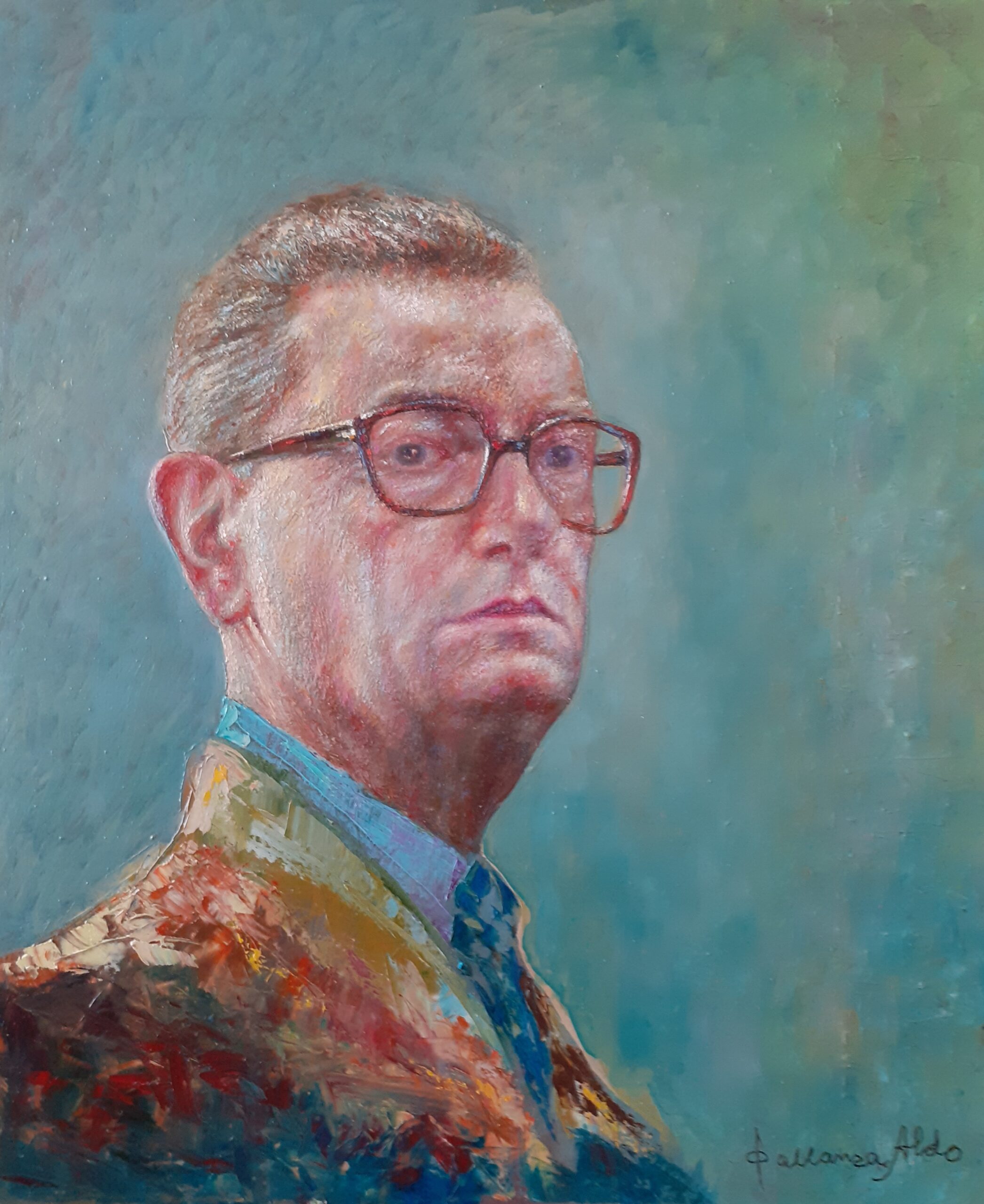BIOGRAFY
Aldo Pallanza’s Biografy
Aldo Pallanza (1922-2017) was born into a family of shoemakers in Vigevano, but already as a child, he showed a great talent for drawing and in general for artistic works. During the summer holidays, he went to help the local decorators from whom heacquired the techniques and working skills. He graduated under Professor Luigi Barni
at the Roncalli Artsand Crafts Institute, and he won an award that granted him access to the Brera Academy, but which he would never attend, as his father required him to start working in the family business. In short, he became ahighly regarded “designer” of footwear, although in Italy at that time his profession was known as that of “model maker”.

He worked for decades on creating shoes that will be worn by millions of women aroundthe world.
From the female universe he extrapolates“the soul of feeling” and of emotion; this will allow him to establish a deep dialogue with those sensitivities oftaste that others have never been able to match. Thetransposition of this ability is also evident in his artisticpath, completely connected to the universe of technicaland creative knowledge of which he was the bearer.
A characteristic that has made him demanding, andalso different from the other artists who have operatedin Lomellina during the years in which he decided toconfront them and to present himself for over a decadein some group exhibitions. In this sense, his friendshipwith Fulvio Belmontesi, an artist from the Marche, oneof the protagonists of Lombard geometric art that gravitated around the Sincron Gallery in Brescia, also resident in Vigevano for his long collaboration with thefootwear industry, would be decisive, and push him toextreme research on abstract art.
A friendship that willresult in a dispute that would have led to the desertionby Aldo Pallanza of every public performance.Disappointed by this affair, by the exhibition activitiesand by the need to confront other artists, he decided to continue experimenting alone. Aldo Pallanza wasnot a “trendsetter of art”, although given his job, as a designer one would instead consider it as such. Wecould say instead that he was an inventor of “fashion”, and with his shoes he certainly influenced the aesthetictaste of those years that from the “shoe” on it influencedthe rest of the clothing, home upholstery, and lifestyle,and with it the imagination from which we, citizens ofthis millennium, have been formed.
